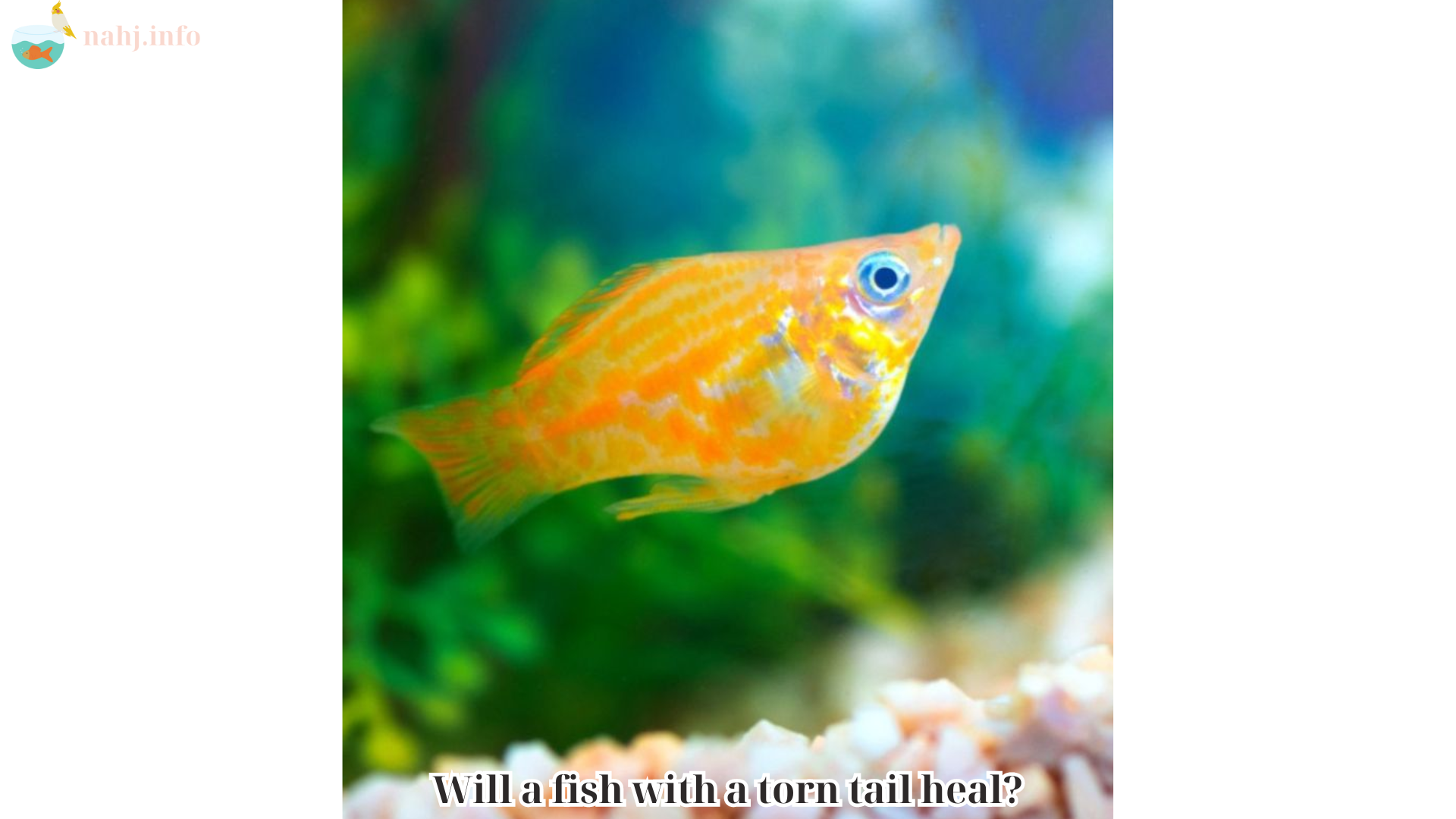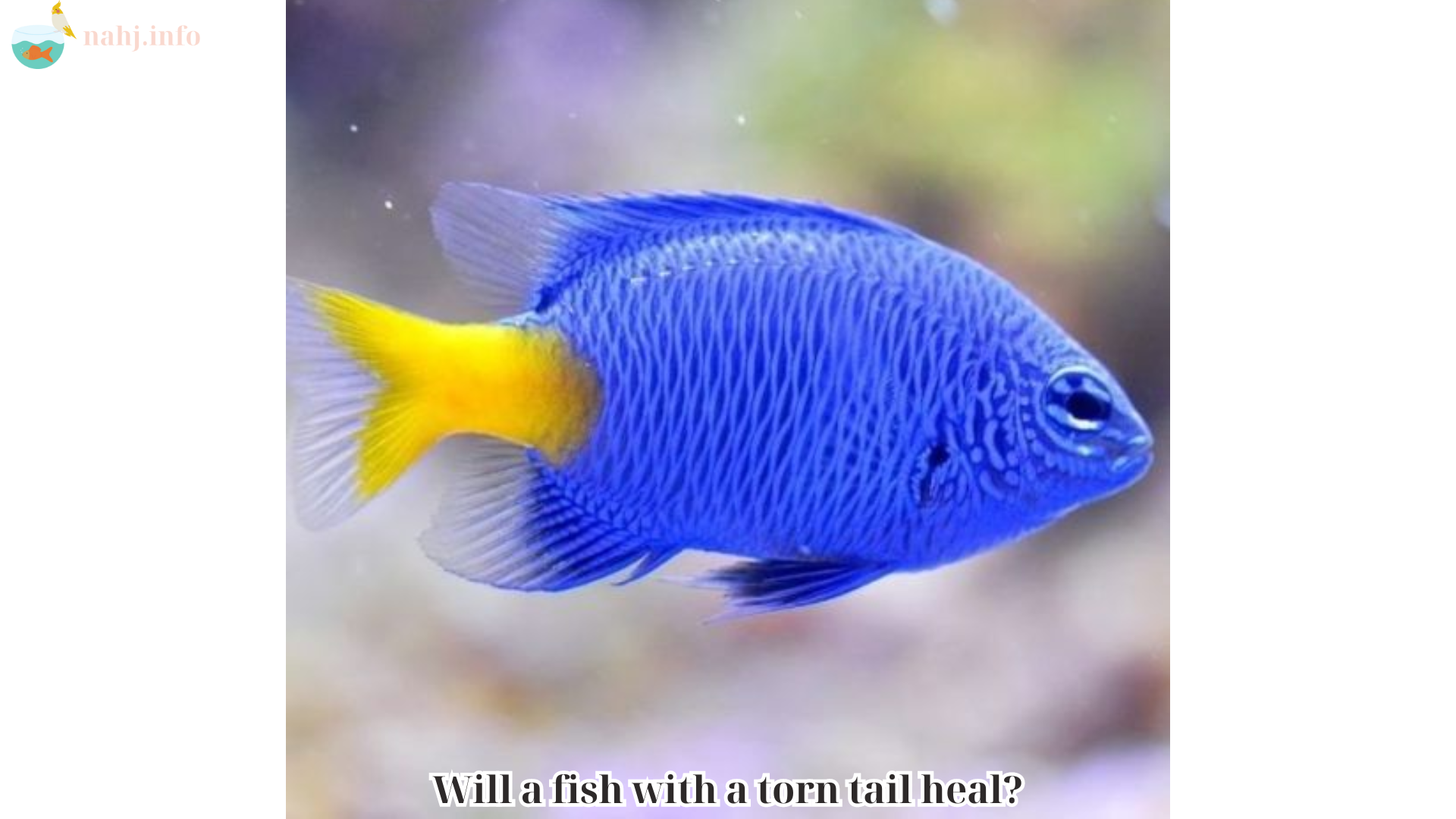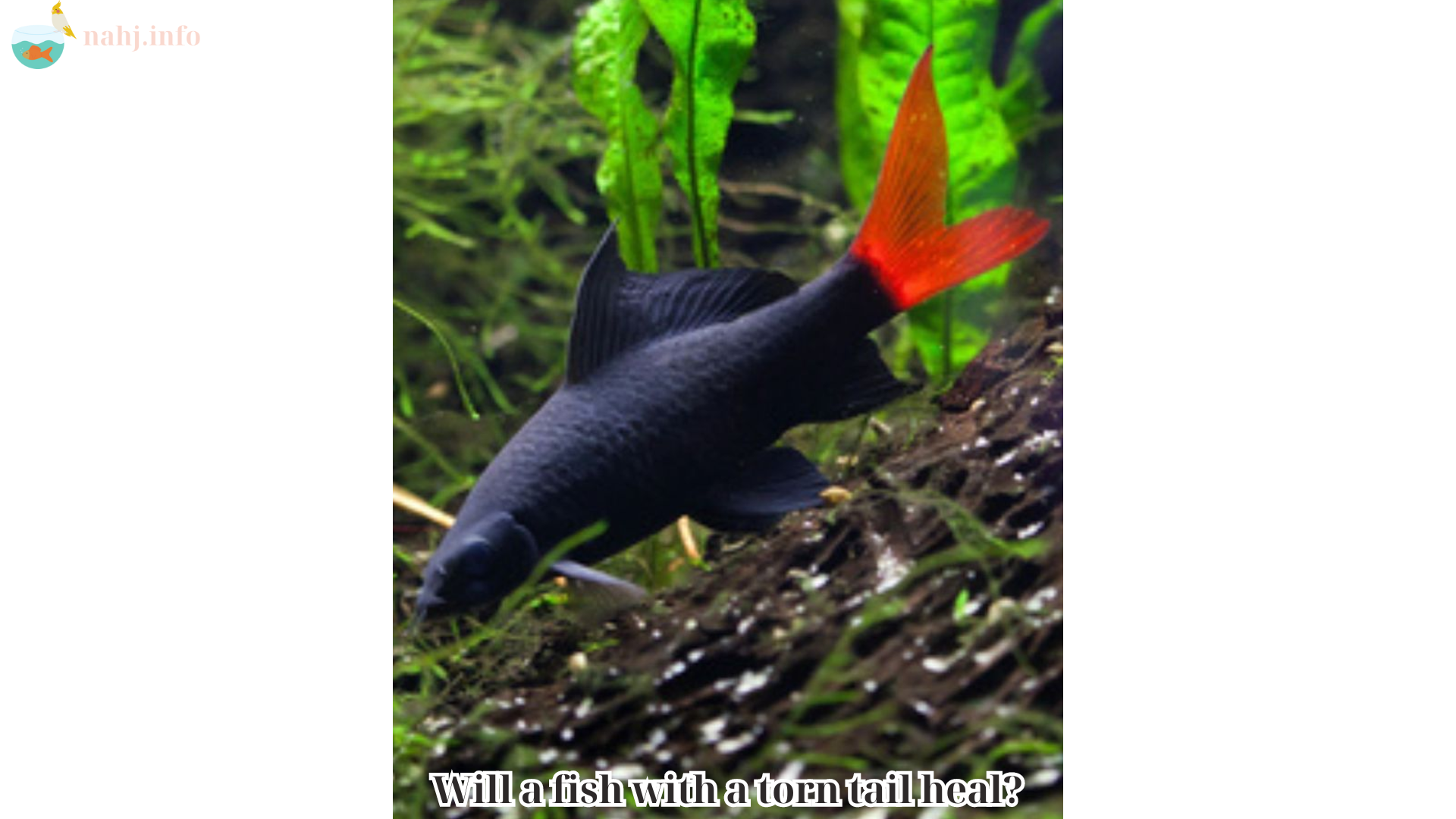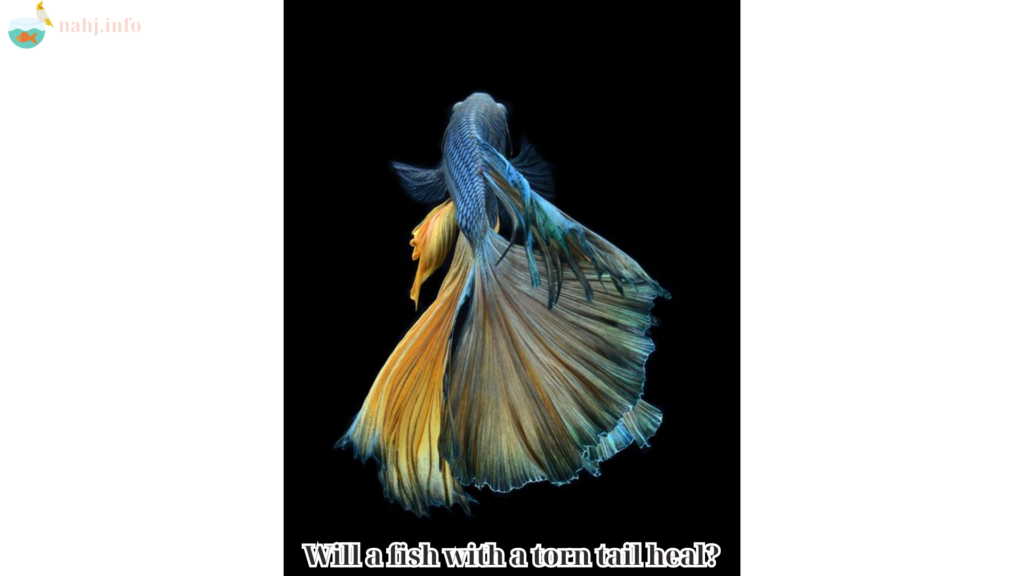Fish are fascinating creatures with unique abilities to heal and regenerate damaged tissue. One common concern among aquarium hobbyists is whether a fish with a torn tail will heal. The good news is that in many cases, fish can recover from tail injuries with proper care and attention. This article by Nahj will explore the factors that influence the healing process, the steps you can take to support your fish’s recovery, and how to prevent future injuries.
Table of Contents
ToggleWill a fish with a torn tail heal?

Causes of Tail Injuries
There are several reasons why a fish might end up with a torn tail, including:
- Aggression from Other Fish: Aggressive tank mates can nip at fins and tails, causing tears and damage.
- Sharp Objects in the Tank: Decorations, rocks, and even certain plants can have sharp edges that can tear a fish’s tail.
- Improper Handling: Rough handling during tank cleaning or transportation can lead to injuries.
- Disease and Infections: Certain diseases and bacterial infections can cause fin and tail rot, leading to torn or damaged tails.
Types of Tail Damage
Tail damage can vary in severity, from small nicks to significant tears. The extent of the injury will influence the healing process and the measures needed to support recovery.
Factors Influencing Healing
Several factors determine how well and how quickly a fish’s torn tail will heal:
Species of Fish
Different species of fish have varying capacities for regeneration. For example, bettas and goldfish are known for their remarkable ability to regrow damaged fins and tails, while other species might take longer to heal.
Severity of the Injury
Minor tears and nicks generally heal faster than severe or complete tears. Extensive damage might require more intensive care and a longer recovery period.
Overall Health of the Fish
A healthy fish with a robust immune system will heal faster than a fish that is already stressed or weakened by illness or poor water conditions.
Water Quality
Clean, well-maintained water is crucial for healing. Poor water quality can lead to infections and slow down the healing process.
Steps to Support Healing

If your fish has a torn tail, there are several steps you can take to promote healing and prevent further damage:
Quarantine the Injured Fish
Separating the injured fish from other tank mates can prevent further aggression and allow for a controlled environment where you can monitor its condition closely.
Maintain Optimal Water Quality
- Regular Water Changes: Perform frequent water changes to keep the water clean and free of harmful toxins.
- Water Parameters: Ensure that the pH, temperature, and ammonia levels are within the ideal range for your fish species.
- Filtration: Use a good-quality filter to keep the water clear and free of debris.
Provide a Stress-Free Environment
- Reduce Aggression: Identify and separate aggressive tank mates that might be causing harm.
- Gentle Flow: Ensure that the water flow is gentle, as strong currents can stress and further damage an injured fish.
Proper Nutrition
A balanced diet rich in vitamins and minerals can support the healing process. Consider adding foods that boost the immune system, such as those high in vitamins C and E.
Use of Aquarium Salt
Adding a small amount of aquarium salt can promote healing and prevent infections. Be sure to follow the recommended dosage for your fish species.
Medication
In cases where there is a risk of infection or if the injury is severe, you might need to use medication:
- Antibiotics: To prevent or treat bacterial infections.
- Antifungals: To treat fungal infections that can occur in open wounds.
Always consult with a veterinarian or an experienced aquarist before administering medication.
Monitoring the Healing Process
Regularly check on your fish to monitor the healing progress. Look for signs of new growth at the edges of the torn tail, which indicates healing. Additionally, watch for any signs of infection, such as redness, swelling, or the presence of white or fuzzy patches.
Signs of Healing
- New Growth: Transparent or light-colored tissue appearing at the edges of the tear.
- Improved Activity: The fish becomes more active and shows normal behavior.
- Decreased Stress: Reduced signs of stress, such as gasping at the surface or hiding.
Signs of Infection or Complications
 Redness or Swelling: Indicates inflammation or infection.
Redness or Swelling: Indicates inflammation or infection.- White or Fuzzy Patches: May be a sign of fungal infection.
- Lethargy or Loss of Appetite: Can indicate that the fish is not healing properly or is under stress.
If you notice any signs of infection or complications, take immediate action to treat the condition and consult with a professional if necessary.
Preventing Future Injuries
To minimize the risk of future tail injuries, consider the following preventive measures:
Tank Setup
- Smooth Decorations: Choose tank decorations with smooth edges to prevent accidental injuries.
- Adequate Space: Ensure your tank is large enough to accommodate all your fish comfortably, reducing stress and aggression.
- Proper Plant Selection: Use soft, silk plants instead of hard, plastic ones.
Tank Mates
- Compatible Species: Select tank mates that are compatible and have similar temperaments to reduce the risk of aggression.
- Monitor Behavior: Regularly observe the behavior of your fish to identify and address any signs of aggression early.
Regular Maintenance
- Consistent Cleaning: Regularly clean the tank and perform water changes to maintain optimal water quality.
- Health Checks: Routinely check your fish for signs of illness or injury and address any issues promptly.
Conclusion
A fish with a torn tail can often heal with the right care and attention. By understanding the factors that influence healing, taking steps to support the recovery process, and implementing preventive measures, you can ensure that your fish recovers fully and remains healthy. Proper tank maintenance, a stress-free environment, and attentive care are key to helping your fish heal and thrive.
Related Posts:
- Flowerhorn Fish Lifespan: What You Need to Know for…
- How to raise betta fish to have beautiful colors?
- How to Treat Fish with White Fungus: Causes,…
- Signs of Guppies About to Spawn: A Detailed Guide to…
- White Cloud Fish: A Detailed Guide to Beautiful…
- Mandarin Fish: A Detailed Guide to Unique Aquarium Fish

